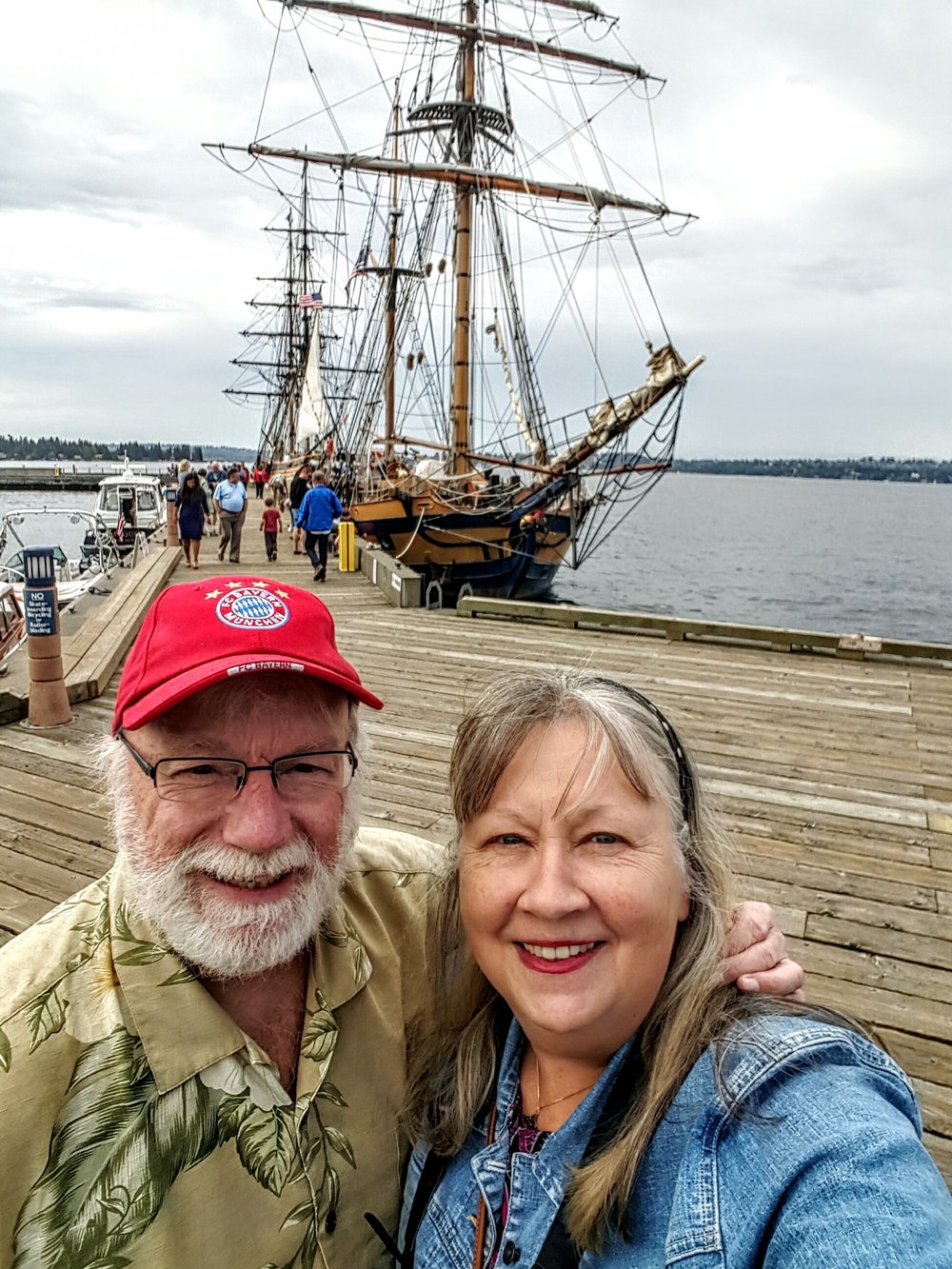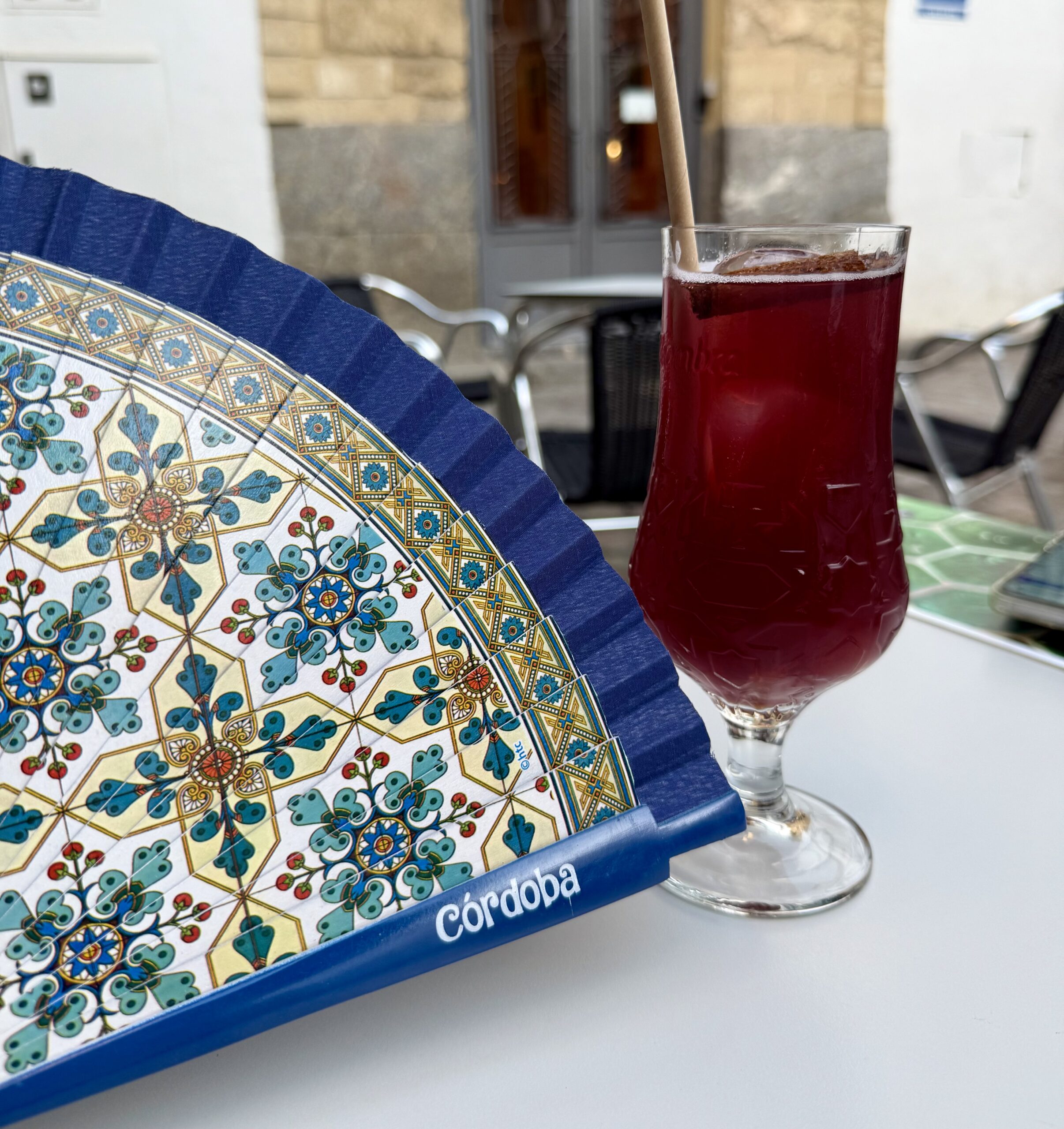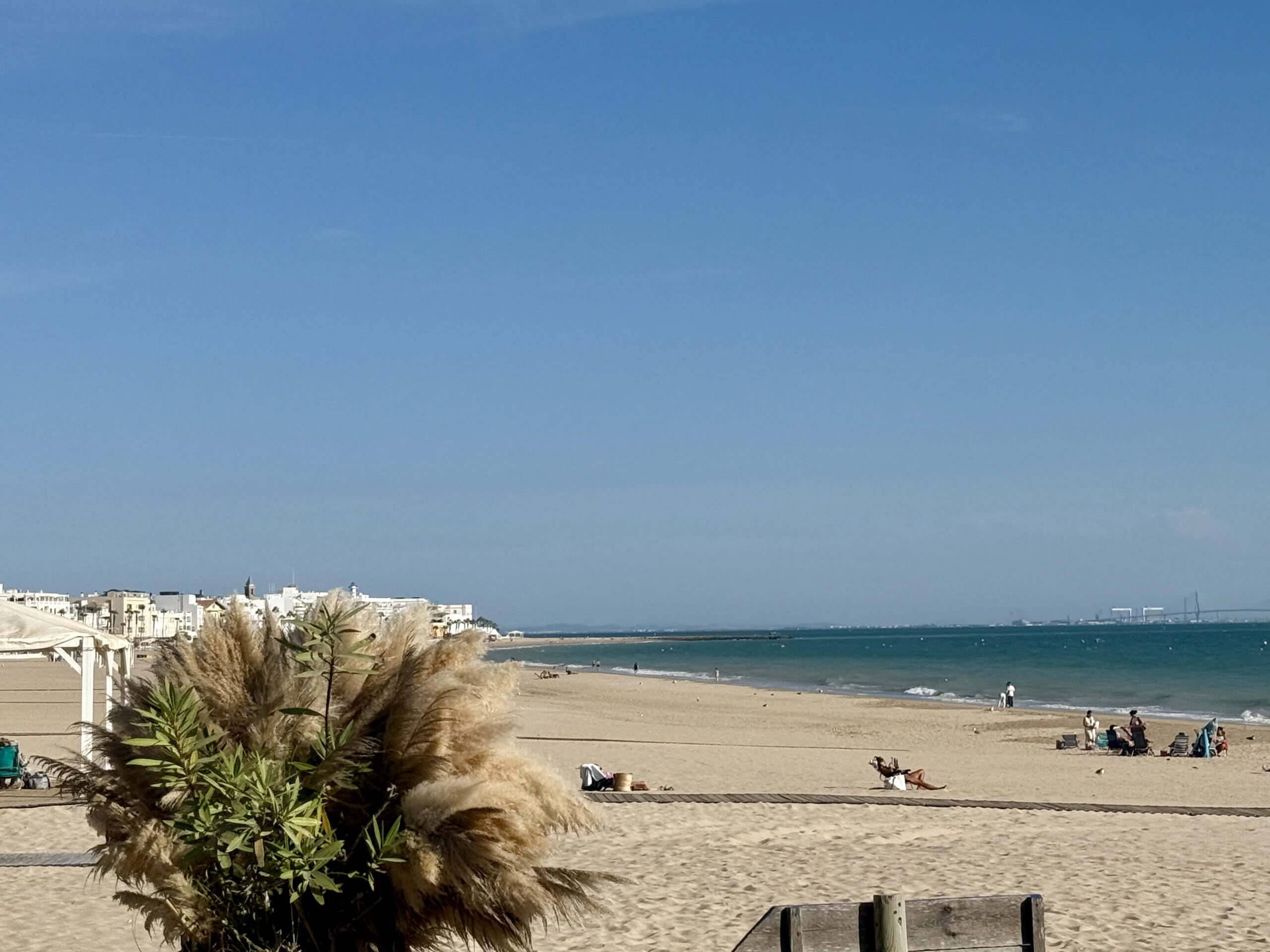
The Six Tides of Grief
January 24, 2018
The Six Tides of Grief
I remember holding Carolyn’s hand as the nurse confirmed Carolyn had taken her last breath and she was now dead. In that single instant I believe I felt shock, denial, anger, bargaining, depression and acceptance all at once. It was a tsunami. Since that moment there’ve been one or two true tsunamis of grief, but most have been waves. But even the waves contain elements of all six of the so-called “stages” of grief. Eight months later, I still find myself shocked, in denial, angry, then I’m bargaining, depressed and finally accepting. All at once and in the space of time it takes to pour a cup of coffee. (And yes, one full of clouds, too.)
I just don’t see stages, like I’m earning a degree in grief or something: graduating from freshman shock and ending with a Masters in acceptance. I suppose psychologists need to justify all the years they spent creating an abstruse vocabulary meant to convince you they know something about you that you don’t or can’t know yourself. I guess if we buy into grief as coming and going in stages, we can somehow measure how far we’ve come and how much further we have to go. (That also gives the psychologist the means to measure how many sessions you still need, thus identifying the length of the revenue stream you’ve created for them thanks to your suffering.)
Are there, correspondingly, six stages of love? Hmm. I do remember shock, denial and maybe a bit of anger on Carolyn’s part the first time I told her I was in love with her (after I’d told everyone else I knew first) more than forty years ago, followed by bargaining, depression and, finally, acceptance on my part when it was evident she was already moving on. But no, there were no stages, certainly not the second time around. I do remember feeling the ocean pull away from beneath my feet as I said, “I love you, Carolyn,” this second time around, and how the entire wonderful, warm and energizing Atlantic and Pacific came crashing back over me when she replied, “As I do you, Reid.” There are, thankfully, good tsunamis, too.
For me experiencing grief is understandable more as coming in tides, rather than stages. Seeing grief as rolling through me like ocean tides means realizing all or some of those “stages” will always be present in some form or at some level. There will be high tides and low, occasional storm surges, rip currents, rogue waves and yes, that rare tsunami. Maybe a high tide is a combination of shock and anger’ low tide a mix of depression and bargaining. A rip current may be a combination of three or more contradictory emotions, a storm surge a sudden wash of all. The tsunami? Well, when that happens, you just try and hang on for dear life. Developing a warning system in advance for the approach for one of those will be lifesaving. I think I’m still working on that. (Part of it will no doubt include a phone call in the middle of the night. I’ve alerted friends and family to the prospect.)
As a widower, I don’t see myself as a victim of grief, so much as a mariner adrift in its ocean. So the first thing will be to learn how to swim. And then eventually find a life raft. Maybe an island for a time, too.

But one day, after the ocean settles down and the tides become predictable and manageable again…
I’ll want to learn how to sail!



Just like you, I have experience over the last 2.5 yrs what I call "peeks and valleys" and I just pray that in-between there are no flash floods. Hang in there…
Referring to being adrift in the sea of grief is an excellent way of putting it, ( sometimes having the strength to row, and sometimes just drifting!) Wishing you strength on your journey, fellow traveler.